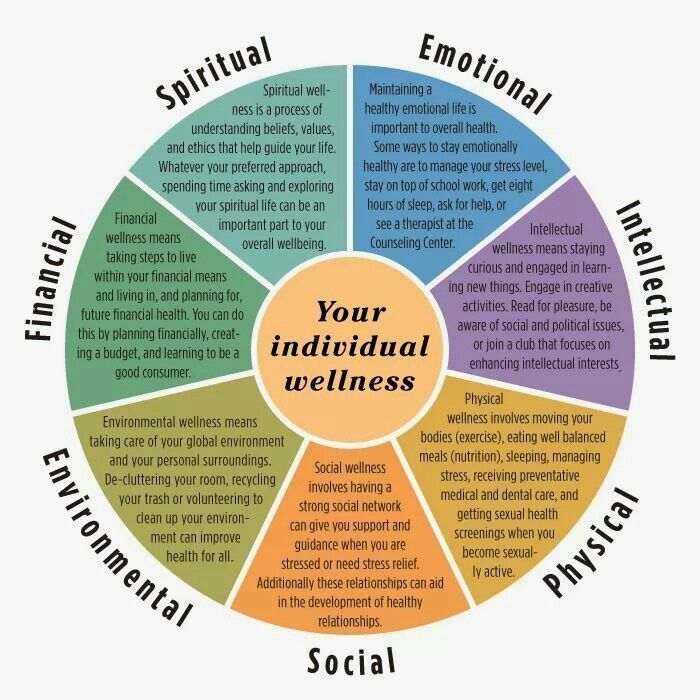
In our fast-paced society, it’s easy to fall into the trap of mindless eating, consuming food without truly appreciating it or being aware of what we are putting into our bodies. Mindful eating, on the other hand, is a practice that encourages us to be fully present and engaged with the act of eating, allowing us to cultivate a healthier relationship with food. This article explores the benefits of mindful eating and provides tips on how to incorporate it into your daily life.
The Benefits of Mindful Eating
Mindful eating goes beyond simply nourishing our bodies; it also nourishes our minds and souls. By paying attention to our eating habits, we can experience numerous benefits:
1. Increased Awareness
Mindful eating involves being fully present in the moment, focusing on the taste, texture, and aroma of our food. This heightened awareness allows us to truly savor each bite and appreciate the nourishment we are receiving. By slowing down and paying attention, we can also become more attuned to our hunger and fullness cues, preventing mindless overeating.
2. Enhanced Digestion
When we eat mindfully, we give our bodies the chance to properly digest and absorb the nutrients from our food. By chewing slowly and thoroughly, we promote better digestion and reduce the likelihood of experiencing discomfort or digestive issues. Mindful eating can also aid in weight management, as it helps us recognize when we’re satisfied, preventing unnecessary calorie consumption.
3. Improved Emotional Well-being
Many of us turn to food as a way to cope with stress, sadness, or boredom. Mindful eating, however, encourages us to approach our emotions from a different angle. By being fully present with our food, we can address our emotional needs more directly. We become aware of what truly nourishes us, both physically and emotionally, and can make conscious choices to support our well-being.
How to Practice Mindful Eating
Ready to cultivate a healthier relationship with food? Here are some practical tips to help you practice mindful eating:
1. Engage Your Senses
Before taking your first bite, take a moment to engage your senses. Observe the colors, smells, and textures of your food. Notice how it feels in your mouth and the flavors that emerge as you chew slowly. By fully immersing yourself in the sensory experience, you bring a new level of mindfulness to your meal.
2. Eliminate Distractions
Eating while distracted, whether it’s watching TV or scrolling through your phone, takes attention away from the act of eating. Turn off the TV, step away from your desk, and create a peaceful and quiet environment for your meals. This allows you to focus solely on the food, giving it the attention it deserves.
3. Eat Slower
One of the fundamental aspects of mindful eating is slowing down. Put your fork or spoon down between each bite, chew your food thoroughly, and savor the flavors. Taking your time allows your body to register when it’s full, preventing overeating. It also allows you to enjoy each bite fully, enhancing your overall satisfaction.
4. Listen to Your Body
Pay attention to your body’s hunger and fullness cues. Are you eating out of habit or true hunger? Are you really still hungry or just eating because there’s more food on your plate? By tuning into your body’s signals, you can learn to eat when you are truly hungry and stop when you are satisfied.
5. Practice Gratitude
Expressing gratitude for your food can deepen your mindful eating practice. Take a moment before eating to express gratitude for the nourishment your meal provides. This can be done silently or out loud, acknowledging the effort that went into growing, preparing, and serving your food. Cultivating gratitude shifts your mindset and helps you develop a more positive relationship with what you consume.
Incorporate Mindful Eating into Your Life
Mindful eating is a practice that can be incorporated into various aspects of your life. Beyond meals, here are some additional ways to incorporate mindfulness into your relationship with food:
1. Mindful Grocery Shopping
Take a mindful approach to grocery shopping by making a list, sticking to it, and being fully present as you select each item. Consider the nutritional value of the foods you choose and how they will nourish your body.
2. Mindful Cooking
When preparing meals, take the time to focus on each ingredient. Appreciate the colors, aromas, and tastes as you chop, stir, and cook. Use this time to engage your senses and practice gratitude for the opportunity to nourish yourself and others.
3. Mindful Snacking
Even during snack time, you can practice mindfulness. Instead of mindlessly reaching for a bag of chips or cookies, take a moment to select a nutritious snack, paying attention to portion size and how it makes you feel. Savor each bite and acknowledge the enjoyment it brings.
By incorporating mindful eating into your daily life, you can develop a healthier and more enjoyable relationship with food. Remember, it’s not about perfection but progress. Start with small steps, and over time, you’ll notice the positive impact it has on your well-being.

